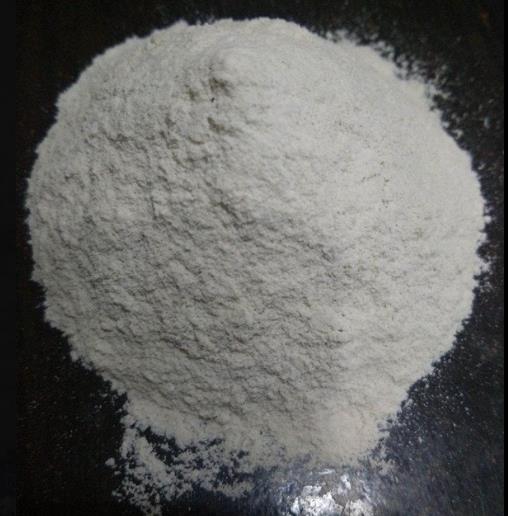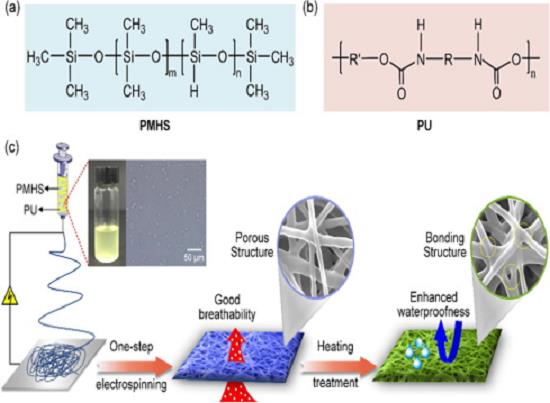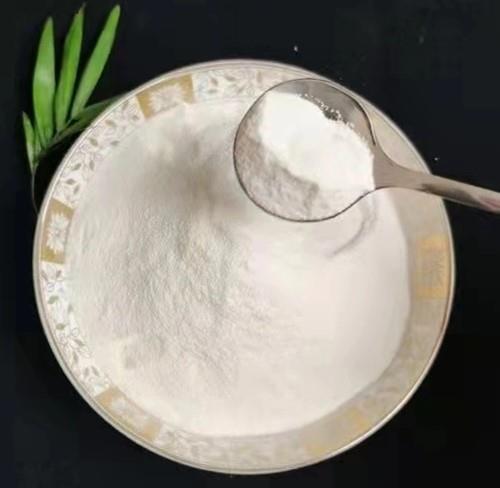Anthracene: Uses, toxicity, metabolism, and determination method
General description
Anthracene, as many other polycyclic aromatic hydrocarbons, is generated during combustion processes. Exposure to humans happens mainly through tobacco smoke and ingestion of food contaminated with combustion products. Anthracene was first discovered in coal tar by Jean B.A Dumas and Auguste Laurent in 1832. The importance of anthracene for industrial aromatic chemistry began with the synthesis of the dyestuff alizarin by Carl Graebe and Carl Th. Lieber. It is a component of coal tar. Anthracene is used in the production of the red dye alizarin and other dyes. Anthracene is colorless but exhibits a blue (400–500 nm peak) fluorescence under ultraviolet radiation. Coal tar, which contains around 1.5% anthracene, remains a major source of this material. Common impurities are phenanthrene and carbazole. The mineral form of anthracene is called freitalite and is related to a coal deposit. A classic laboratory method for the preparation of anthracene is by cyclodehydration of o-methyl- or o-methylene-substituted diarylketones in the so-called Elbs reaction. Its appearance is as follows:
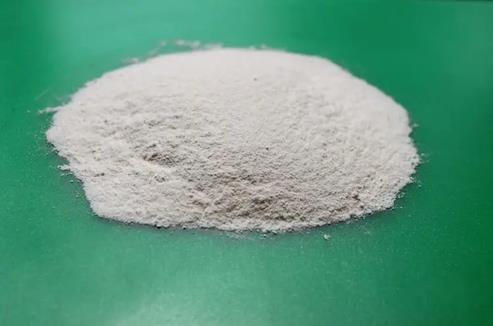
Figure 1 Appearance of Anthracene
Uses
Anthracene is converted mainly to anthraquinone, a precursor to dyes. [1] Anthracene, a wide band-gap organic semiconductor is used as a scintillator for detectors of high energy photons, electrons and alpha particles. Plastics, such as polyvinyltoluene, can be doped with anthracene to produce a plastic scintillator that is approximately water-equivalent for use in radiation therapy dosimetry. Anthracene's emission spectrum peaks at between 400 nm and 440 nm. It is also used in wood preservatives, insecticides, and coating materials. Anthracene is commonly used as a UV tracer in conformal coatings applied to printed wiring boards. The anthracene tracer allows the conformal coating to be inspected under UV light. Anthracene also used in manufacturing of anthraquinone. A variety of anthracene derivatives find specialized uses. Derivatives having a hydroxyl group are 1-hydroxyanthracene and 2-hydroxyanthracene, homologous to phenol and naphthols, and hydroxyanthracene (also called anthrol, and anthracenol) are pharmacologically active. Anthracene may also be found with multiple hydroxyl groups, as in 9,10-dihydroxyanthracene.
Toxicity and metabolism
Anthracene, a tricyclic PAH, is found in high amounts in PAH-contaminated environments [2]. It is not itself genotoxic or carcinogenic, but it does represent a threat to the environment due to its toxicity to aquatic life, particularly via photo-induced toxicity [3]. Many investigations indicate that anthracene is noncarcinogenic: "consistently negative findings in numerous in vitro and in vivo genotoxicity tests". Early experiments suggested otherwise because crude samples were contaminated with other polycyclic aromatic compounds. Furthermore, it is readily biodegraded in soil. It is especially susceptible to degradation in the presence of light.
Metabolism of anthracene by Gram-negative organisms has been demonstrated to proceed via an initial hydroxylation of the aromatic ring to produce cis-1,2-dihydroxy-1,2-dihydroanthracene which is subsequently oxidized to 1,2-dihydroxyanthracene. The next step in the metabolism of anthracene is the cleavage of the aromatic ring in the meta position to produce cis-4-(2′-hydroxynaphth-3-yl)-2-oxobut-3-enoic acid. This compound is unstable and will spontaneously rearrange to form 6,7-benzocoumarin [4]. The presence of a metabolite with a UV spectrum identical to that of cis-1,2-dihydroxy-1,2-dihydroanthracene, along with the identification of 6,7-benzocoumarin attests to the presence of a similar pathway in the Rhodococcus species. This pathway has also been found to occur in a Mycobacterium species, suggesting that it may be a common pathway for the initial degradation of anthracene in both Gram-negative and Gram-positive organisms.
Determination method
Anthracene can be separated by HPLC using a Hewlett-Packard model 1050 pump system (Hewlett-Packard, Palo Alto, CA, USA) with a Hewlett-Packard photo-diode array model 1040A detector at 254 nm. The compounds were eluted using a linear gradient of 40 to 95% methanol/water over 40 min at 1 ml min−1 with a 4.6×250 mm 5 μm C18 Inertsil ODS-3 column (MetaChem Technologies, Torrance, CA, USA). Ultraviolet (UV) absorbance spectra were acquired on line. The retention time of anthracene is 27.5 min. [5]
References
[1]Collin, Gerd; H?ke, Hartmut and Talbiersky, J?rg (2006) "Anthracene" in Ullmann's Encyclopedia of Industrial Chemistry, Wiley-VCH, Weinheim. doi:10.1002/14356007.a02_343.pub2
[2]Baumard P. Budzinski H. Garrigues P. (1998) Polycyclic aromatic hydrocarbons in sediments and mussels of the western Mediterranean Sea. Environ. Toxicol. Chem.17, 765–776.
[3]Larson R.A. Berenbaum M.R. (1988) Environmental phototoxicity. Environ. Sci. Technol.22, 354–360.
[4]Evans W.C. Fernley H.N. Griffiths E. (1965) Oxidative metabolism of phenanthrene and anthracene by soil pseudomonads. Biochem. J.95, 819–831.
[5]Dean-Ross D, Moody J D, Freeman J P, et al. Metabolism of anthracene by a Rhodococcus species[J]. FEMS microbiology letters, 2001, 204(1): 205-211.
You may like
Related articles And Qustion
Lastest Price from Anthracene manufacturers
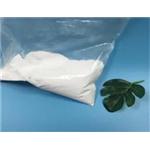
US $9.00/KG2024-05-29
- CAS:
- 120-12-7
- Min. Order:
- 1KG
- Purity:
- 99.50%
- Supply Ability:
- 50000tons
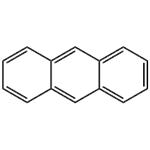
US $50.00-1.00/KG2024-03-25
- CAS:
- 120-12-7
- Min. Order:
- 1KG
- Purity:
- 99%
- Supply Ability:
- g-kg-tons, free sample is available

